“I never leave a sentence or paragraph until I’m satisfied with it.” —Clifford Geertz
Have you reread paragraphs to understand what they said?
Most authors write confusing paragraphs in their drafts. If left in books, these paragraphs cause readers to shift into Reverse. Some shifts are small, and readers accept them. But when readers shift gears often, they become weary and might put the book down. Possibly not knowing why.
Can you spot the shifts in these sentences and paragraphs?
Example 1
- Janice cried all day when she read the letter of biting words from Mark.
Gear shift
- Why did Janice cry all day? Shift. Oh, because of Mark’s biting words.
Better Sentence
- When Janice read Mark’s biting words in his letter, she cried all day. (stimulus then reaction – flows without a hitch)
Example 2
-
The waiters hoped the customers wouldn’t order dessert. They’d heard that Karl wouldn’t deliver his famous cream puffs by lunchtime. Karl had called the maître d’ and said he’d lost his van keys. Unfortunately, all customers streamed to the ice cream shop after they finished their lunches and ordered cream puffs.
Gear shift
- The sentences are ordered so reactions come before their stimuli. Having to mentally reorder stimuli and reactions to capture the picture is tiring.
Better Paragraph
- The maître d’ informed the waiters Karl had lost his van keys. None of Karl’s famous cream puffs would be available for the lunch crowd. The waiters hoped the customers wouldn’t order dessert. Unfortunately, all the customers finished their lunches and ordered cream puffs. When they learned they’d enjoy none, they streamed to the ice cream shop.
Example 3
- Sonya hid Angela’s birthday presents. She hoped she’d see her expression.
Gear shift
- I assume the first “she” is Sonya. But did Sonya hope to see Angela’s hurt expression? Or did Sonya hope Angela would see her smug expression?
Better Paragraph
- Sonya hid Angela’s birthday presents. Hopefully, Angela would believe her friends had forgotten her on her birthday. Sonya pictured Angela turning to her and seeing her smug expression. (context and names replacing pronouns keep the who-did-what flowing)
Example 4
• Snatching the flower from his lapel, she leaped onto the trolley.
Gear shift
• How did she snatch the flower while she leaped onto the trolley?
Better Sentence
• She snatched the flower from his lapel and leaped onto the trolley. (“and” is sufficient to show the latter action followed the first)
Example 5
- Edgar cut the vines and carried them to Alice, whose blond ringlets cascaded down each side of her lovely face. He wound them around her slim waist.
Gear shift
- Did Edgar wind Alice’s ringlets or the vines around her waist?
Better Paragraph
- Edgar cut the vines and carried them to Alice, whose blond ringlets cascaded down each side of her lovely face. He wound the vines around her waist. (knowing what pronouns refer to keeps the story flowing)
These writing problems cause readers to reread paragraphs to understand them. Click to tweet.
What writing problems cause you to shift gears while reading?

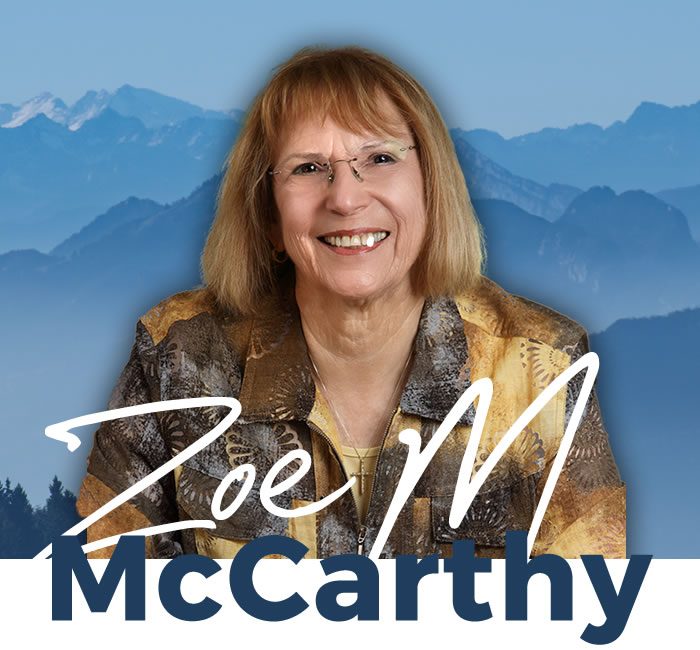


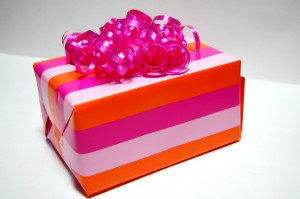
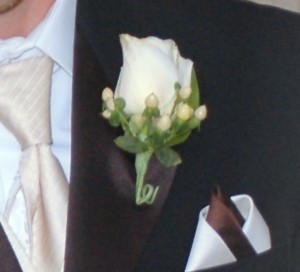


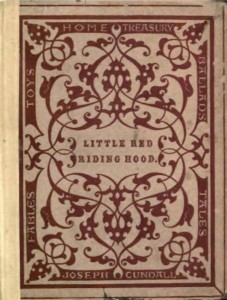

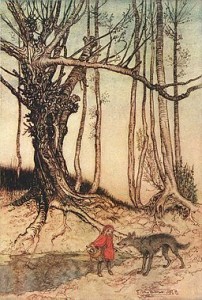
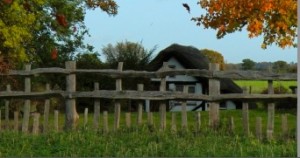



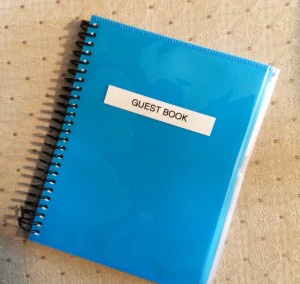
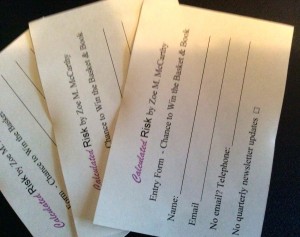
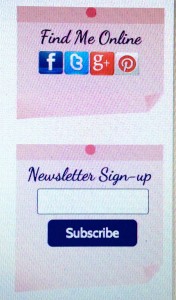
 RSS - Posts
RSS - Posts